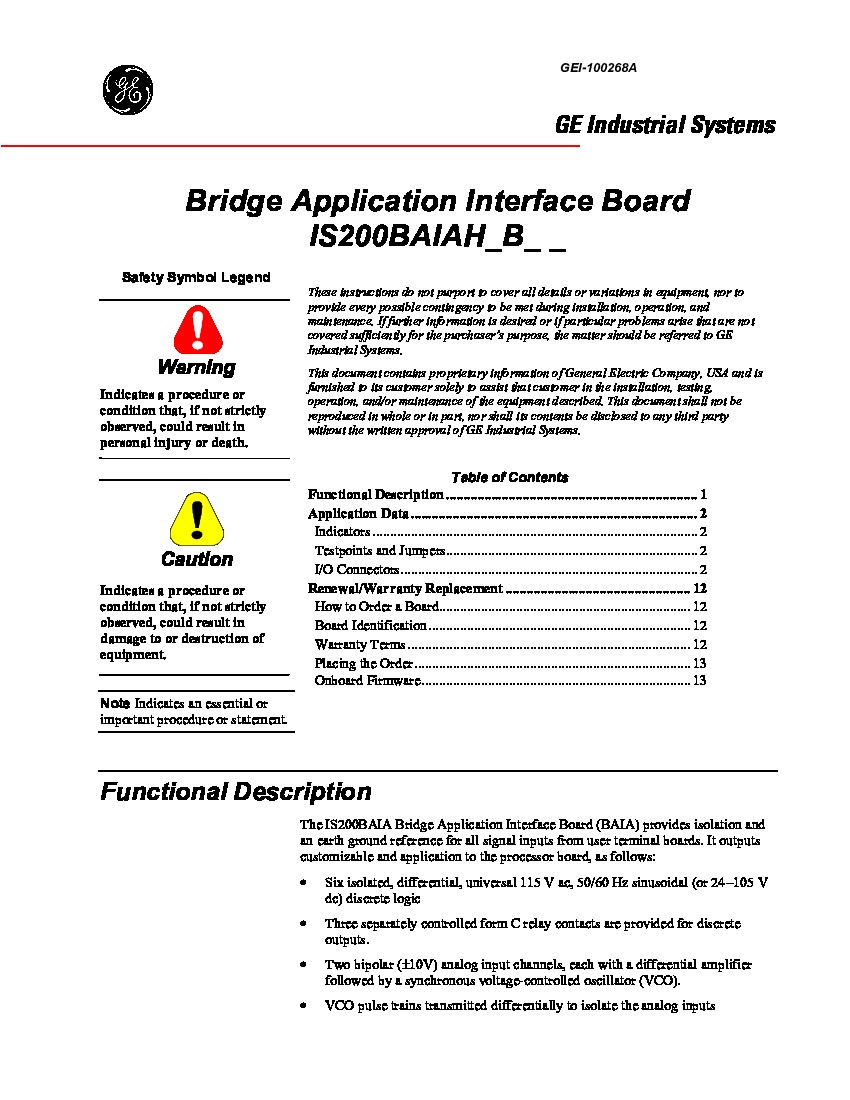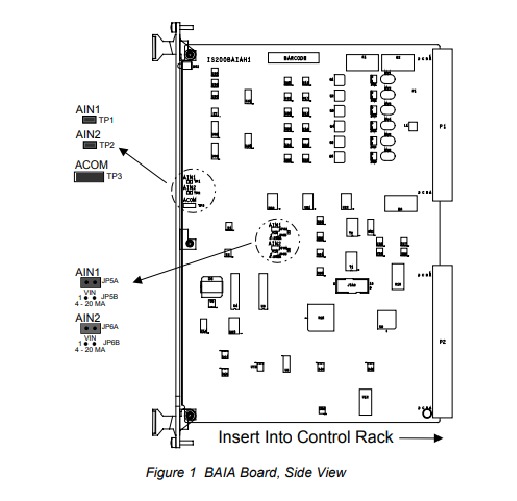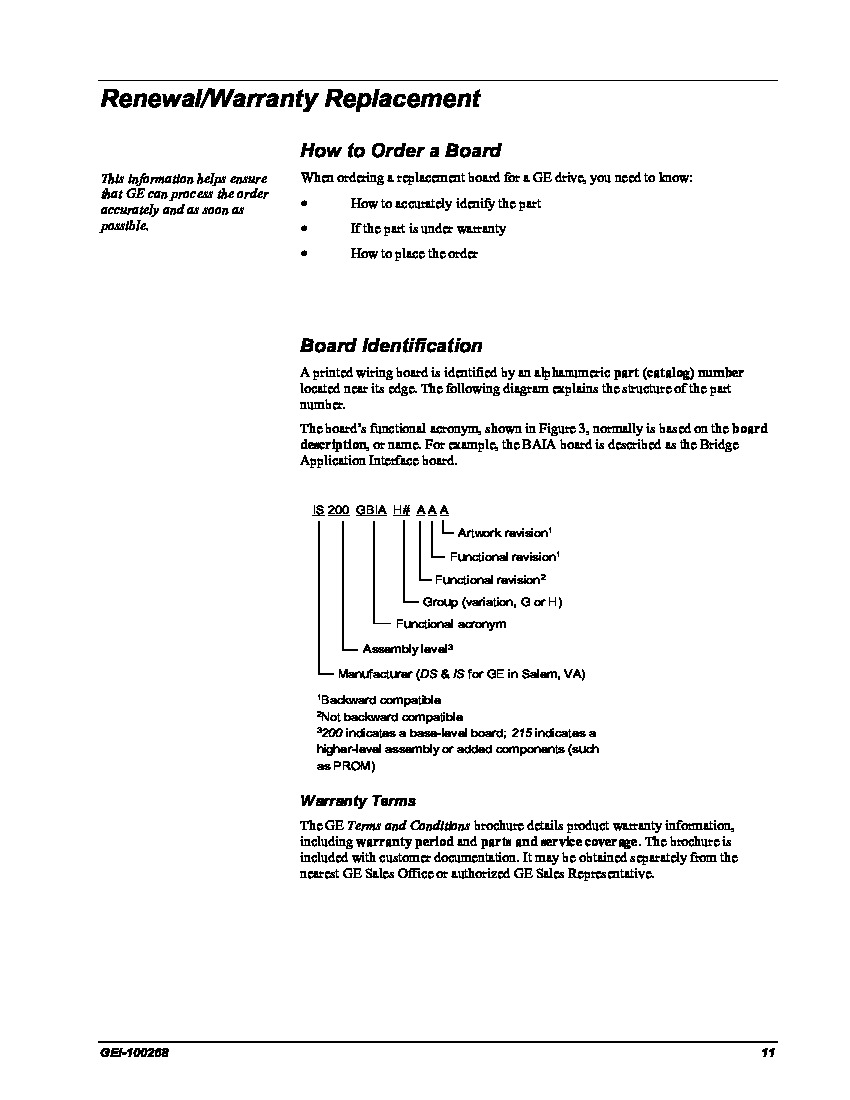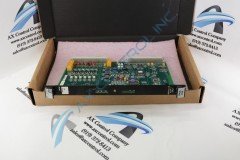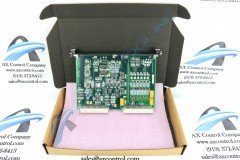About the IS200BAIAH1BDC
The IS200BAIAH1BDC is a replacement PCB. This board can take signals that are coming from terminal boards, isolate them, and give them earth/ground reference. It can also turn digital input into analog outputs on the DSPX PCB. It also has an RS-232C I/O interface that goes from the DSPX board and the keypad and PC connections for the drive. The IS200BAIAH1BDC slides vertically into a control rack. It is very important to slide this card into the correct slot on the rack. Failure to do so will result in damage to the board. On the faceplate of the board, it states to slide this board into slot 1 only. There is an LED indicator directly below the top ejector tab. There are a total of two ejector tabs and two mounting screws on the faceplate. It is recommended that when installing this board to tighten the screws evenly to ensure that the board is in the card slots squarely. The IS200BAIAH1BDC is made up of many different components. It also uses:
- an onboard EEPROM with all of its proper corresponding and GE-delegated factory-installed firmware
- 3 relays
- over 50 integrated circuits
- 6 transistors
- 6 diodes
- an inductor
- two transformers
- 5 jumpers
- a JTAG connector
- over a hundred resistors and capacitors
- two connection ports that slide into the card slots on the control rack
IS200BAIAH1BDC by Catalog Number
The IS200BAIAH1BDC functional product number alone can be singled up as a decent supplementary source of IS200BAIAH1BDC Board hardware component and component specification information, as it develops these details in a series of consecutive naming elements. For instance, this IS200BAIAH1BDC functional product number in specific makes use of the dual-functional IS200 series tag indirectly designating this IS200BAIAH1BDC device's normal Mark VI Series assembly and its domestic original manufacture location. Some of the other IS200BAIAH1BDC Board details developed in this manner include its:
- BAIA functional product abbreviation
- Conformal PCB coating style
- Group one Mark VI Series grouping
- Three-fold revision history













